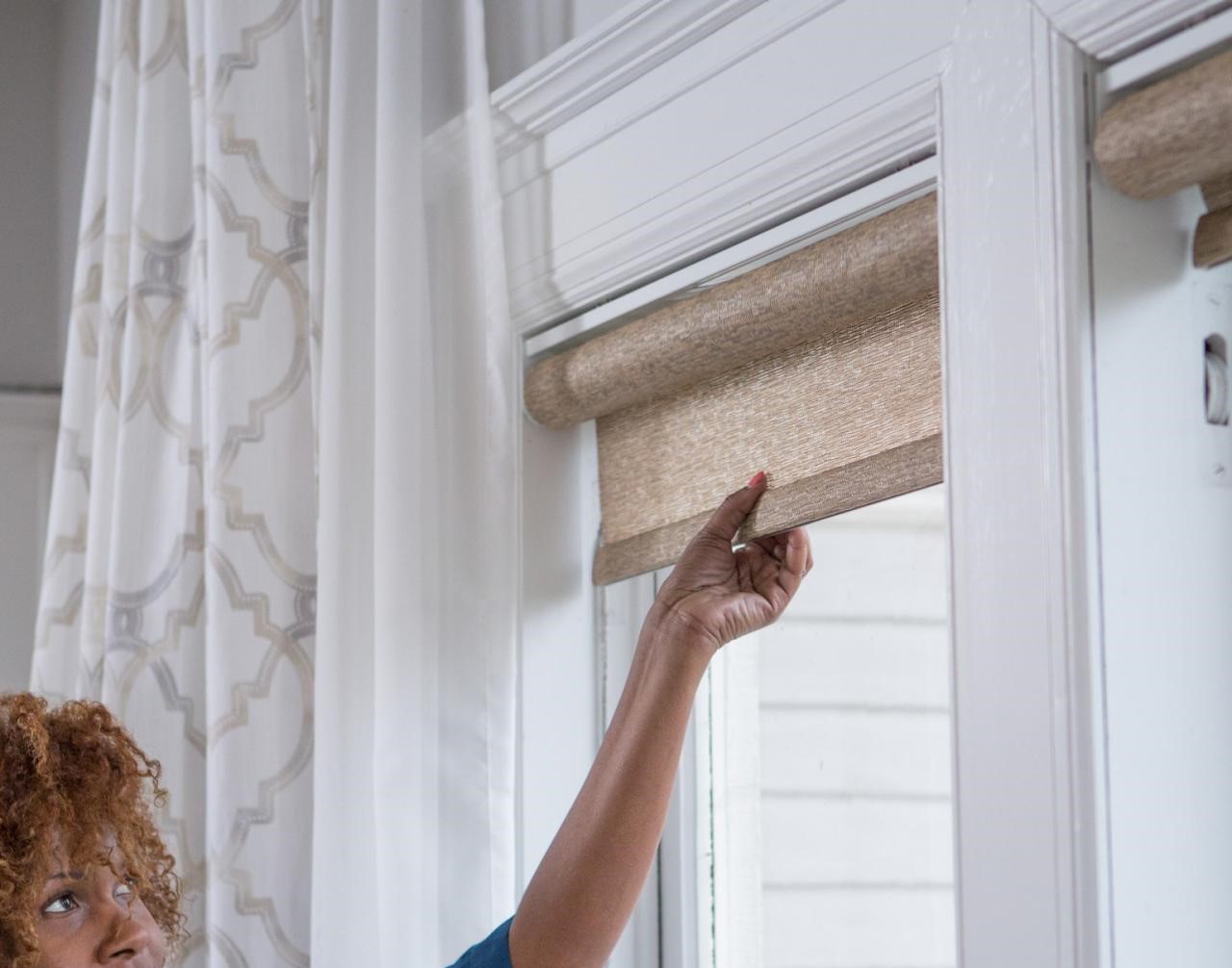

Articles
How To Cover Windows Without Curtains
Modified: May 6, 2024
Learn alternative window covering options in this comprehensive guide. Explore creative ways to cover your windows without using traditional curtains. Find articles, tips, and ideas to help you create a unique and stylish look for your home.
(Many of the links in this article redirect to a specific reviewed product. Your purchase of these products through affiliate links helps to generate commission for Storables.com, at no extra cost. Learn more)
Introduction
Windows are an essential part of any home, providing natural light, ventilation, and a connection to the outdoors. However, there are times when you may want to cover your windows without using traditional curtains. Whether you prefer a minimalist look, need privacy, or want to restrict sunlight, there are plenty of options to choose from.
In this article, we will explore various alternatives to curtains that can be used to cover windows effectively. From window blinds and shades to window film and shutters, you’ll discover a range of stylish and practical solutions. So, if you’re looking to add a touch of creativity and functionality to your windows, keep reading!
Key Takeaways:
- Embrace creativity and functionality by exploring alternatives to traditional curtains, such as window blinds, shades, film, decals, shutters, valances, tinting, and screens, to suit your style and needs.
- Transform your windows into stylish focal points that enhance privacy, control light, add decorative elements, and enjoy the benefits of fresh air with a range of alternative options to curtains.
Read more: How To Dress Windows Without Curtains
Option 1: Window Blinds
Window blinds are a popular choice for covering windows without curtains. They offer privacy, light control, and are available in a wide range of styles, materials, and colors to suit any aesthetic. Whether you prefer classic Venetian blinds, modern roller blinds, or sleek vertical blinds, there’s an option to match your taste.
Venetian blinds are made up of horizontal slats that can be tilted to control the amount of light entering the room. The slats can also be raised or lowered to completely cover the window or allow for partial coverage. These blinds are typically made from wood, faux wood, or aluminum, offering durability and versatility.
Roller blinds provide a clean and streamlined look, perfect for contemporary interiors. They are made from a single piece of fabric that rolls up and down to cover or uncover the window. Roller blinds offer excellent light control and are available in various colors and patterns to complement your decor.
Vertical blinds consist of vertical slats that can be rotated to control light and privacy. These blinds are ideal for wide windows and sliding glass doors. They can be made from fabric, vinyl, or PVC, allowing for easy maintenance and cleaning.
Window blinds can be operated manually with a cord or wand, or you can opt for motorized blinds that can be controlled with a remote or a smartphone app. Motorized blinds offer convenience, especially for hard-to-reach windows or when you want to automate your window coverings.
When selecting window blinds, consider the level of privacy you require, the amount of light control you desire, and the overall aesthetic of the room. Some blinds also come with additional features such as UV protection, energy efficiency, and noise reduction.
With their versatility and functionality, window blinds are an excellent alternative to curtains. They allow you to easily adjust the level of light and privacy in your space while adding a touch of style to your windows.
Option 2: Window Shades
If you’re looking for a sleek and modern alternative to curtains, window shades can be an excellent choice. They offer both style and functionality, allowing you to control light and privacy while adding a sophisticated touch to your windows.
Window shades are typically made from fabric and come in various types, including roller shades, Roman shades, and cellular shades. Each type offers unique features to suit different needs and preferences.
Roller shades, similar to roller blinds, are made from a single piece of fabric that rolls up and down to cover the window. They can provide complete privacy when fully lowered or allow partial coverage when partially raised. Roller shades come in a wide range of colors, patterns, and opacity levels, allowing you to choose the perfect combination for your space.
Roman shades offer a timeless and elegant look, with overlapping fabric panels that fold up neatly when raised. These shades create a soft and luxurious appearance, making them suitable for formal and traditional interiors. Roman shades are available in various fabrics, including silk, linen, and cotton, allowing you to select the texture and color that best complements your decor.
Cellular shades, also known as honeycomb shades, are designed to provide insulation and energy efficiency. They are constructed with a unique cellular structure that traps air, creating a barrier against heat loss or gain. Cellular shades come in a range of opacity levels, allowing you to control the amount of light that enters the room while reducing outside noise.
Window shades can be operated manually with a cord or a chain, or you can choose motorized options for added convenience. Motorized shades can be controlled remotely or programmed to open and close at specific times, enhancing both comfort and security in your home.
With their contemporary design and versatility, window shades can transform the look and feel of any room. Whether you prefer a minimalist aesthetic or a more decorative touch, there’s a shade style and fabric to suit your taste.
Option 3: Window Film
If you’re looking for a cost-effective and versatile way to cover your windows without curtains, window film can be an excellent choice. Window film is a thin, adhesive material that can be applied directly to the glass surface of your windows, providing various benefits such as privacy, UV protection, and energy efficiency.
One of the main advantages of window film is its ability to provide privacy while still allowing natural light to enter the room. You can choose from a range of options, including frosted film, etched film, or decorative film, to create a stylish and customized look. These films create a blurred or textured appearance on the glass, obscuring the view from the outside without completely blocking the light.
In addition to privacy, window film also offers protection against harmful UV rays. It can block up to 99% of UV radiation, which can fade furniture, flooring, and artwork over time. By installing window film, you can extend the lifespan of your belongings and reduce the risk of sun-related damage.
Window film is also an effective solution for enhancing energy efficiency. It can act as a barrier against heat transfer, reducing the amount of heat that enters your home during hot summer months and preventing warmth from escaping during the winter. By improving insulation, window film can help lower your energy bills and create a more comfortable living environment.
Applying window film is a relatively easy and DIY-friendly process. It requires cleaning the window surface, measuring and cutting the film to fit, and carefully applying it using a squeegee or a similar tool. Most window films are removable and do not leave residue when taken off, allowing for easy replacement or removal if desired.
Whether you want to add privacy, protect your furnishings, or increase energy efficiency, window film offers an affordable and practical solution. It is a versatile option that can be easily customized to match your style and functional needs, making it a popular choice for many homeowners.
Option 4: Window Decals
If you’re looking for a fun and creative way to cover your windows without curtains, window decals can be an excellent option. Window decals are adhesive stickers that can be applied to the glass surface of your windows to add style, privacy, or decorative elements to your space.
Window decals come in a wide variety of designs, patterns, and sizes, making it easy to find something that suits your taste and decor. They can range from simple designs like geometric shapes or nature-inspired motifs to intricate patterns or themed decals for holidays and special occasions.
One of the main advantages of window decals is their versatility. They can be used to create privacy by adding a frosted or etched appearance to the glass, obscuring the view from the outside while still allowing light to filter through. This is especially useful for bathrooms, bedrooms, or ground-floor windows facing busy streets.
Window decals can also be used purely for decorative purposes, adding a pop of color or a unique design element to your windows. Whether you want to create a whimsical atmosphere in a children’s room or add a touch of elegance to a living space, there is a wide range of options to choose from.
Applying window decals is a simple process that can be done by anyone. Start by cleaning the window surface thoroughly to ensure a smooth and clean application. Then, carefully peel off the decal from its backing and place it onto the desired location on the glass. Smooth out any air bubbles using a squeegee or a similar tool for a seamless finish.
Window decals are generally easy to remove and replace, allowing you to change up your window decor whenever you feel like it. However, it’s important to follow the manufacturer’s instructions for removal to avoid damaging the glass or leaving residue behind.
Whether you’re looking to add privacy, style, or a touch of fun to your windows, window decals offer a versatile and affordable solution. They allow you to personalize your space and transform the look of your windows with minimal effort.
Consider using window film for privacy and light control without the need for curtains. It’s easy to apply and comes in a variety of designs.
Read more: How To Cover A Window Without Blinds
Option 5: Window Shutters
If you’re seeking a timeless and elegant alternative to curtains, window shutters can be a fantastic choice. Shutters add a touch of sophistication to any space while offering practical benefits such as light control, privacy, and insulation.
Window shutters are available in a variety of styles, materials, and finishes, allowing you to find the perfect match for your home’s aesthetic. The most common types of shutters include plantation shutters, traditional shutters, and café-style shutters.
Plantation shutters are characterized by their wide louvers, which can be tilted to control the level of light and privacy. These shutters often cover the entire window and are typically made of wood, vinyl, or composite materials. Plantation shutters are versatile and can complement both modern and traditional interiors with their clean lines and classic appeal.
Traditional shutters, also known as colonial shutters, feature narrower louvers and have a more formal and traditional look. They are typically custom-made to fit your window dimensions and can be made from solid wood for an authentic and luxurious feel. Traditional shutters are ideal for historic homes or spaces that exude old-world charm.
Café-style shutters cover only the bottom half of the window, allowing for privacy while still allowing ample natural light to enter the room. This style is particularly popular for spaces that require privacy at eye level, such as street-facing rooms or windows near busy areas.
Window shutters are not only aesthetically pleasing but also highly functional. They enable you to adjust the amount of light and airflow in a room, providing you with control over your environment. Additionally, shutters can provide insulation, helping to keep spaces cool in the summer and warm in the winter.
Shutters can be operated by a tilt rod, which controls the angle of the louvers, or by hidden mechanisms such as hidden tilt rods or motorized systems. Motorized shutters allow for easy and convenient control through a remote or a smartphone app, providing added convenience and modernity.
Window shutters are a durable and long-lasting window covering option. With proper maintenance, they can add value to your home while enhancing its overall appeal. Whether your style is traditional, contemporary, or anything in between, window shutters offer a versatile and elegant solution to cover your windows without curtains.
Option 6: Window Valances
If you’re looking to add a touch of decorative flair to your windows without using full-length curtains, window valances can be a fantastic choice. Valances are short fabric or decorative panels that are mounted across the top of a window, adding style and visual interest to any space.
Window valances come in a variety of styles, shapes, and sizes, allowing you to customize the look to match your interior design. They can be made from various fabrics, including cotton, silk, linen, or even decorative trims and embellishments. The choice of fabric and design can greatly impact the overall style and mood of your space.
One popular type of valance is the tailored valance, which features a clean and sleek design. Tailored valances are often made from solid-colored fabric and have a straight or slightly curved shape. They provide a polished and sophisticated look, making them suitable for contemporary or traditional spaces.
Scarf valances offer a more flowing and romantic appearance. They are created by draping a long piece of fabric across the top of the window in a graceful and cascading manner. Scarf valances are versatile and can be adjusted and styled in various ways, allowing you to achieve different looks depending on your preference.
Ruffled valances are an excellent choice if you’re looking to create a more whimsical and feminine atmosphere. They feature gathered or pleated fabric that creates a ruffled effect, adding texture and charm to your windows. Ruffled valances are often chosen for bedrooms, nurseries, or cottage-style interiors.
In addition to their decorative appeal, valances also offer practical benefits. They can help conceal the hardware or mechanisms used for window treatments, creating a more streamlined and polished look. Valances can also be paired with other window coverings such as blinds or shades to enhance their visual impact and add an extra layer of dimension to your windows.
Installing a valance is relatively straightforward. Depending on the type of valance and your preference, they can be mounted on decorative brackets, attached directly to the window frame, or hung with tension rods. This flexibility allows you to choose the installation method that best suits your needs and style.
Window valances are a versatile and stylish alternative to curtains. They offer the perfect opportunity to display your creativity and can completely transform the look of your windows. Whether you opt for a tailored, draped, or ruffled valance, it’s an excellent way to add a touch of personality and charm to your space.
Option 7: Window Tinting
If you’re looking for a practical and functional way to cover your windows without curtains, window tinting can be an excellent option. Window tinting involves applying a thin, transparent film to the surface of your windows, providing a range of benefits such as privacy, glare reduction, and UV protection.
Window tinting films are available in various shades, allowing you to choose the level of darkness or opacity that suits your preferences and needs. You can opt for a lighter tint for a subtle enhancement or a darker tint for more privacy and light control.
One of the main advantages of window tinting is its ability to provide privacy. Tinted windows make it difficult for people outside to see into your home, allowing you to enjoy your space without sacrificing natural light. This is especially beneficial for windows facing busy streets or neighbors’ homes.
In addition to privacy, window tinting helps reduce glare caused by direct sunlight. The tinted film blocks a significant amount of sunlight, minimizing glare on screens, furniture, and other surfaces. This makes window tinting an ideal choice for rooms with television or computer screens, as it improves visibility and enhances viewing comfort.
Window tinting is also effective in blocking harmful UV rays. These UV rays can be damaging to your skin and can fade and damage your furniture, flooring, and artwork over time. By installing window tinting, you can protect yourself and your belongings from the harmful effects of UV radiation.
Another advantage of window tinting is its energy-saving potential. Tinted windows can reduce heat gain in the summer, keeping your space cooler and reducing the need for excessive air conditioning. Similarly, in winter, window tinting can help retain heat, improving energy efficiency and reducing heating costs.
Window tinting is a professional process that requires precise application to ensure a smooth and flawless finish. It is recommended to hire a professional window tinting service to ensure the film is properly installed, reducing the risk of air bubbles or uneven application.
Overall, window tinting offers a practical and long-lasting solution to cover your windows without curtains. It improves privacy, reduces glare, protects against UV rays, and enhances energy efficiency. If you’re looking for a minimalist and functional window covering option, window tinting is definitely worth considering.
Option 8: Window Screens
When it comes to covering your windows without curtains, window screens provide a practical and versatile solution. Window screens are mesh-like frames that are installed on the exterior of windows, offering several benefits such as insect protection, airflow, and added privacy.
The primary function of window screens is to keep insects, bugs, and debris from entering your home while still allowing fresh air to flow through. They are particularly useful during warmer months when you want to enjoy natural ventilation without the worry of bugs buzzing around your space.
Window screens are typically made of durable materials like aluminum or fiberglass, ensuring they can withstand various weather conditions and regular use. The mesh design allows for optimal airflow, promoting ventilation while keeping unwanted pests out. With window screens, you can open your windows with peace of mind and enjoy a refreshing breeze.
In addition to insect protection and ventilation, window screens can also enhance privacy. By installing screens on your windows, you can partially obscure the view from the outside while still maintaining the ability to see through them from the inside. This added privacy is especially valuable for ground-floor windows facing high-traffic areas or for homes located in close proximity to neighbors.
Window screens come in different configurations to suit your specific needs. Standard screens cover the entire window, while half screens can be installed on windows where you only want to screen a portion of the window area. There are also retractable screens that can be pulled down or sideways when needed and concealed when not in use.
Installing window screens is a relatively simple process that can be done by homeowners. The screens are typically attached to the window frame using clips, screws, or a frame system designed for easy installation and removal. If you’re unsure about the installation, it’s recommended to consult the manufacturer’s instructions or hire a professional for assistance.
Window screens are not only practical but also easy to maintain. They can be cleaned with a gentle detergent and water or a soft brush to remove dust and debris. Regular maintenance will ensure that your screens continue to function properly and look their best.
Whether you want to protect your home from insects, enjoy fresh air, or add an extra layer of privacy, window screens offer a versatile and functional solution. They are a valuable addition to any home and allow you to enjoy the benefits of open windows without worrying about unwanted intruders.
Read more: How To Blackout Window Without Curtains
Conclusion
When it comes to covering windows without curtains, there is no shortage of options to suit your style and functional needs. From window blinds and shades to window film, decals, shutters, valances, tinting, and screens, each alternative offers its own unique benefits and aesthetic appeal.
Window blinds and shades provide versatility and control over light and privacy. With various styles and materials available, they can enhance the look of any room, whether modern or traditional.
Window film and decals offer privacy, UV protection, and decorative options. They can transform the appearance of your windows while still allowing natural light to enter your space.
Window shutters provide a timeless and sophisticated look, along with light control and insulation benefits. They are available in different styles, materials, and finishes to complement your interior design.
Window valances add a touch of decorative flair and can be customized to match your style. They give your windows a polished and finished look without the need for full-length curtains.
Window tinting offers privacy, glare reduction, UV protection, and energy efficiency. It provides a practical and long-lasting solution for covering windows while allowing natural light to filter through.
Window screens are perfect for those seeking insect protection, fresh airflow, and added privacy. They are durable, easy to install, and maintain, making them a functional and practical choice for any home.
Ultimately, the choice of window covering depends on your personal preferences, the functionality you desire, and the overall aesthetic you want to achieve. By exploring these alternative options, you can find the perfect solution to cover your windows without traditional curtains.
So, whether you’re looking to enhance privacy, control light, add decorative elements, or simply enjoy the benefits of fresh air, there is an alternative to curtains that suits your needs. With a little creativity and consideration, you can transform your windows into stylish focal points that enhance the overall ambience of your space.
Curious about adding privacy and style to your space with minimal effort? Frosted glass offers an elegant solution that blends functionality with aesthetics, perfect for any room needing a touch of privacy without sacrificing natural light. Whether you're renovating or just sprucing up, understanding this versatile material can transform your approach to home decor. Ready to give your windows a chic, obscured finish while letting light in? Check out our detailed look into frosted glass.
Frequently Asked Questions about How To Cover Windows Without Curtains
Was this page helpful?
At Storables.com, we guarantee accurate and reliable information. Our content, validated by Expert Board Contributors, is crafted following stringent Editorial Policies. We're committed to providing you with well-researched, expert-backed insights for all your informational needs.

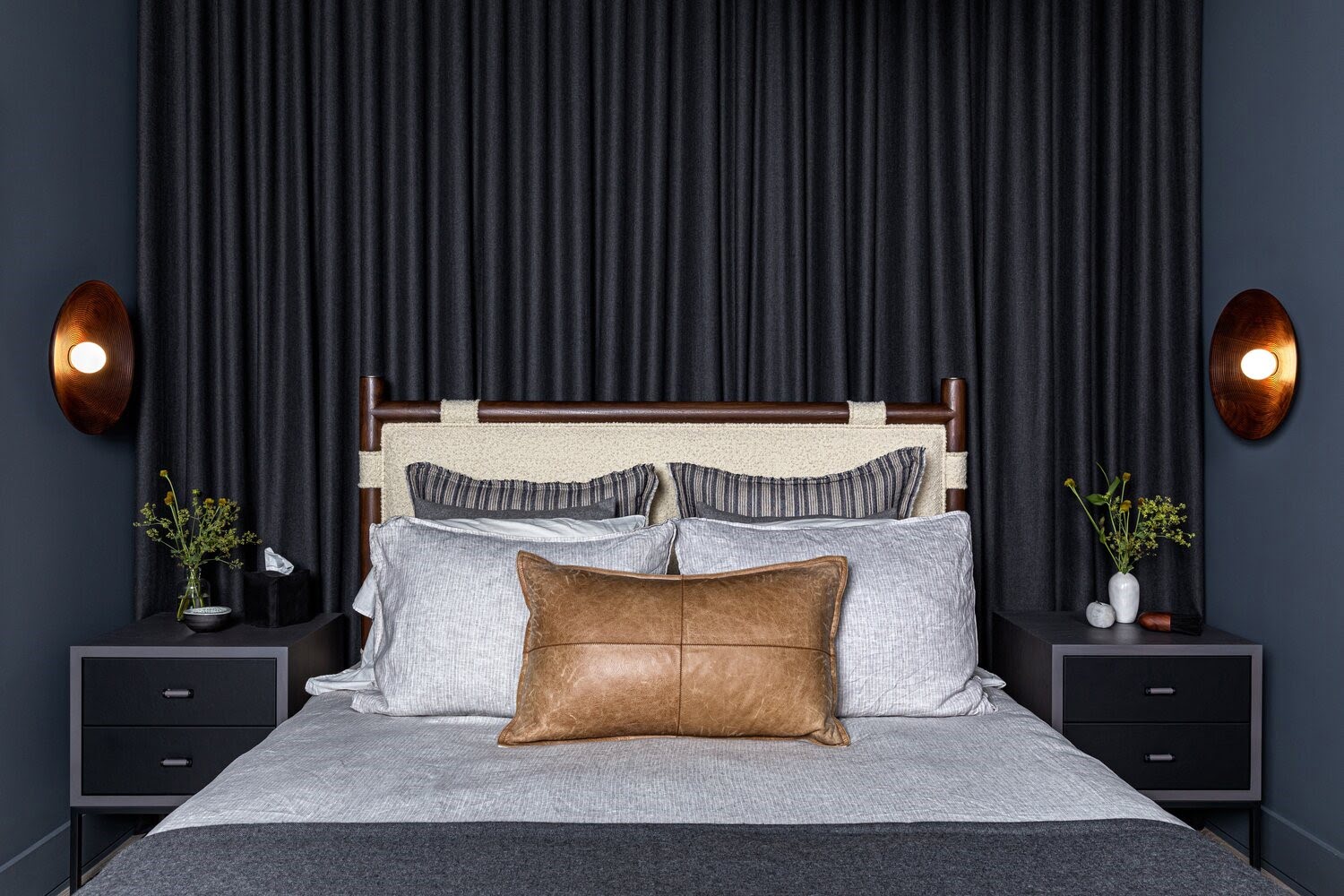
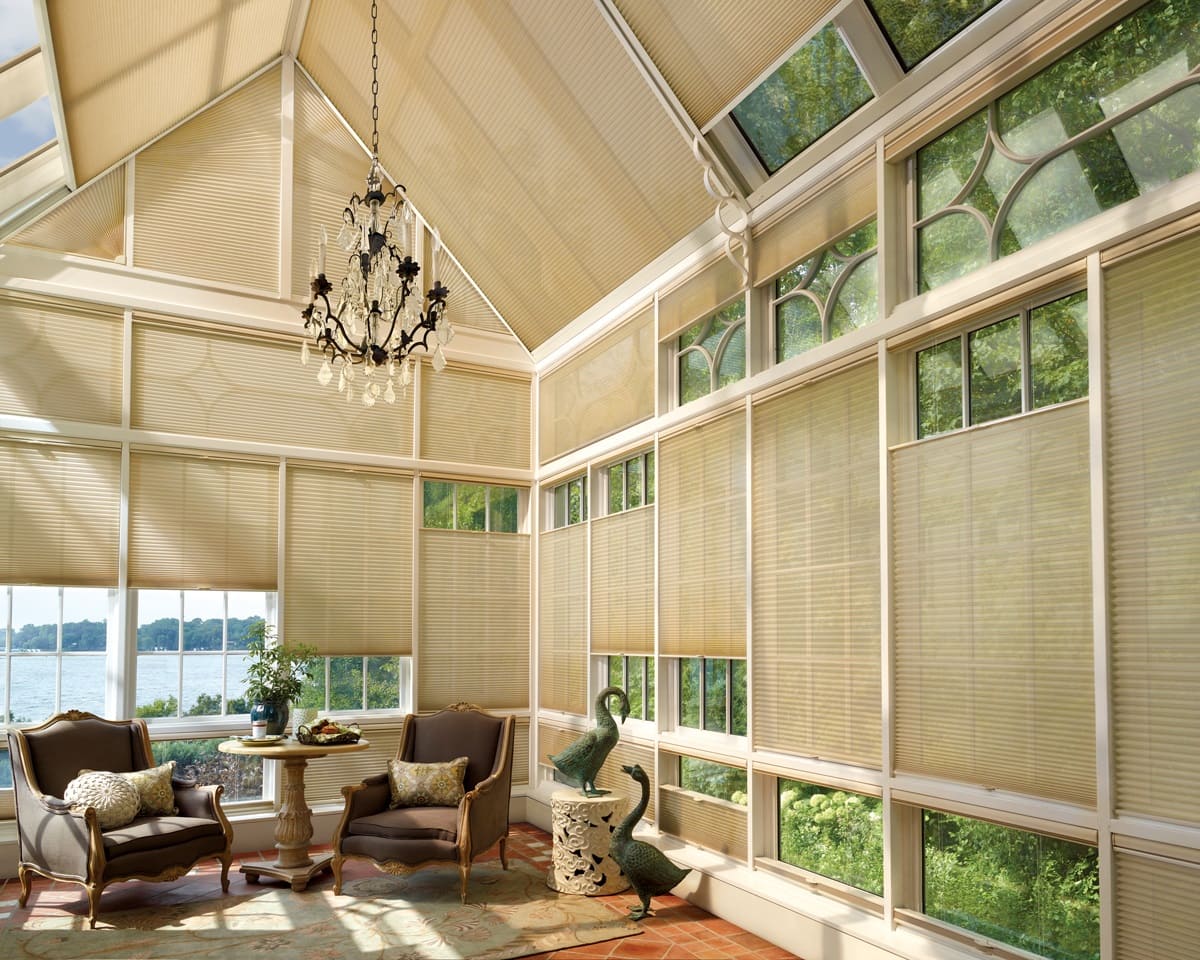
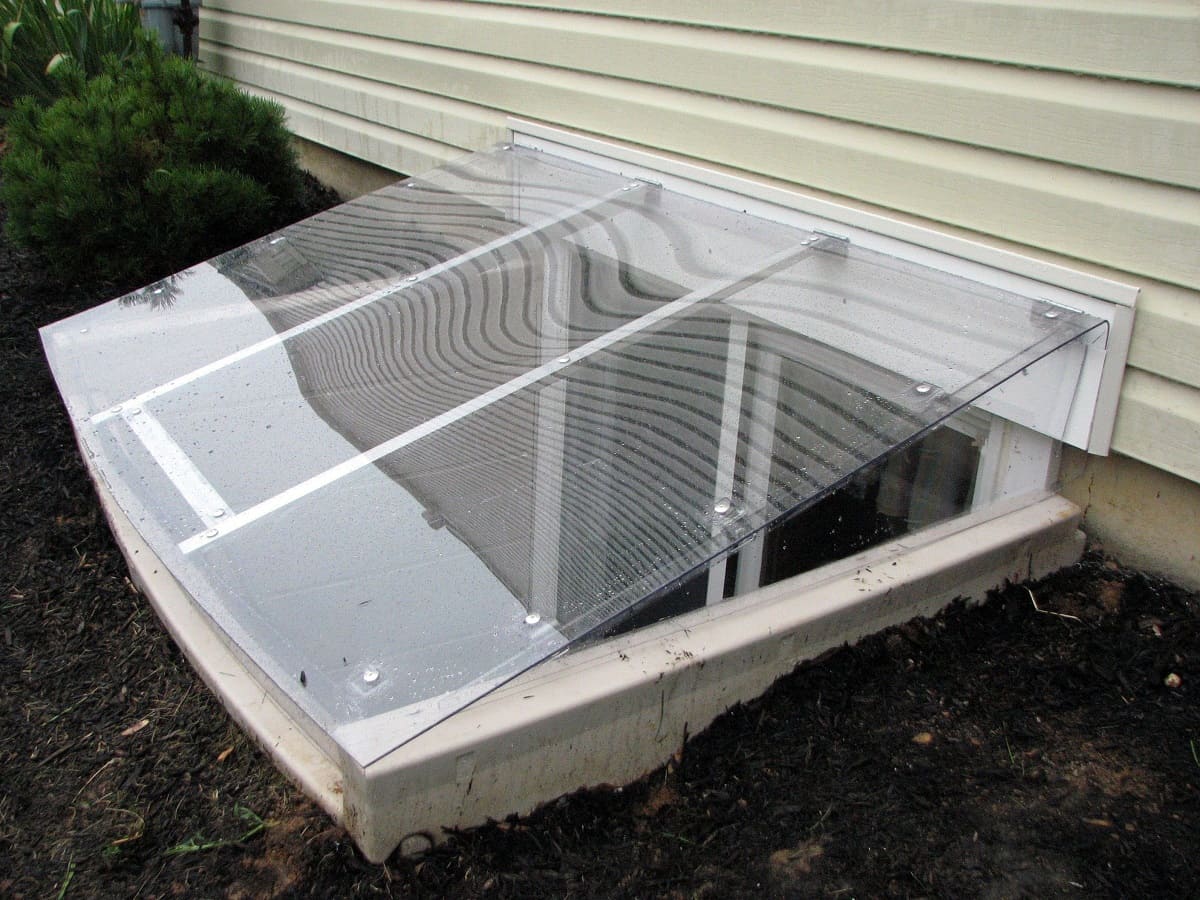
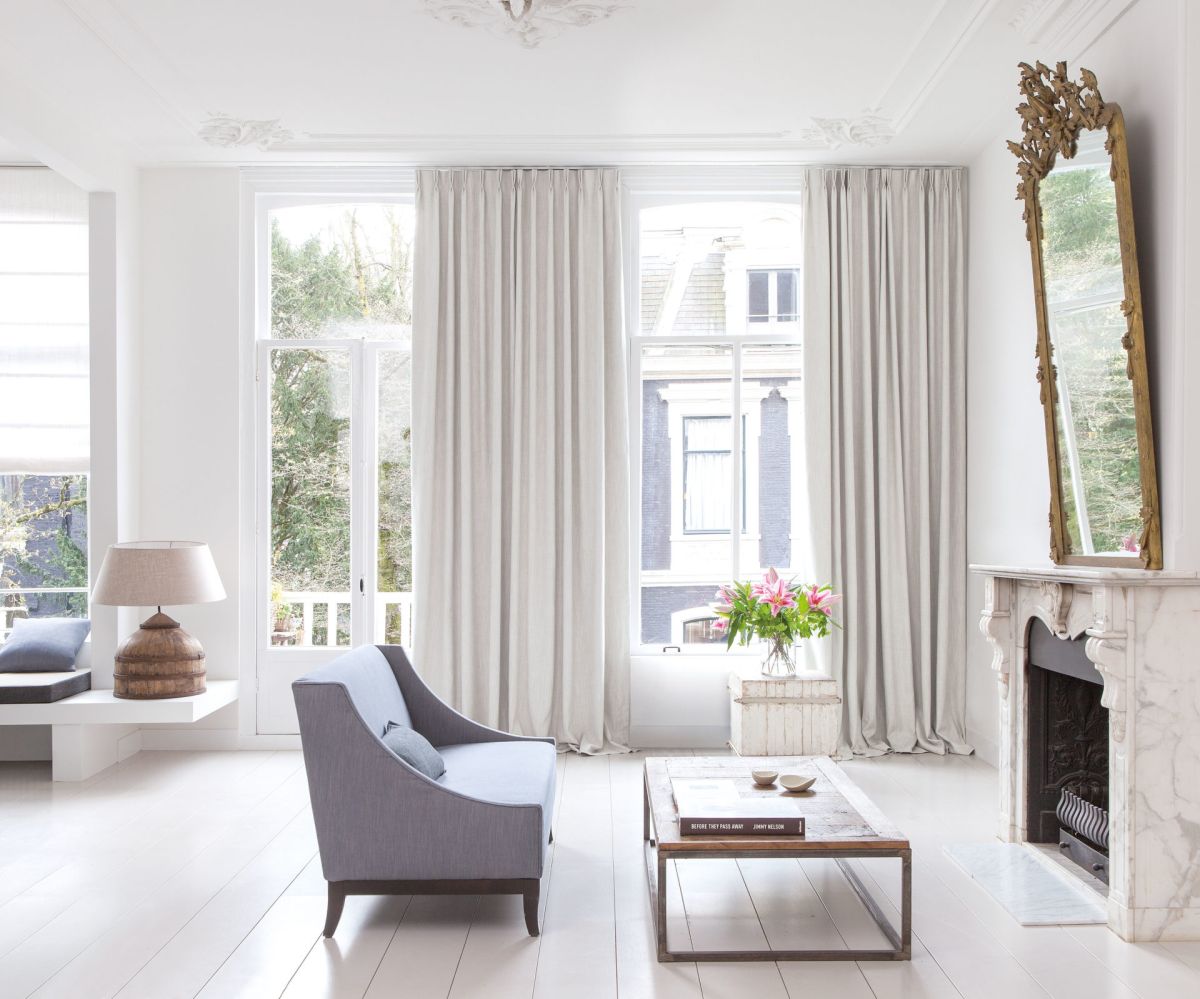
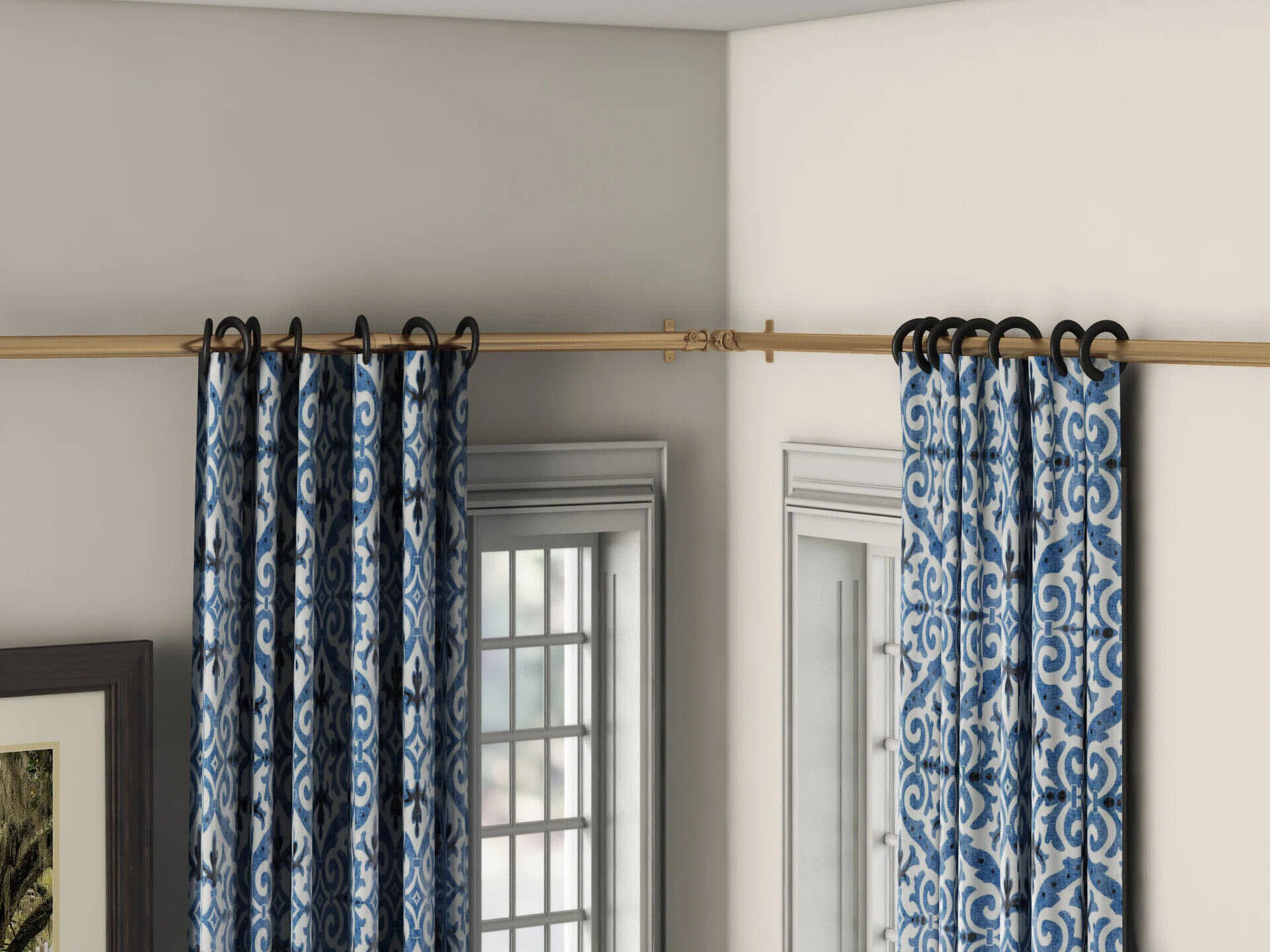
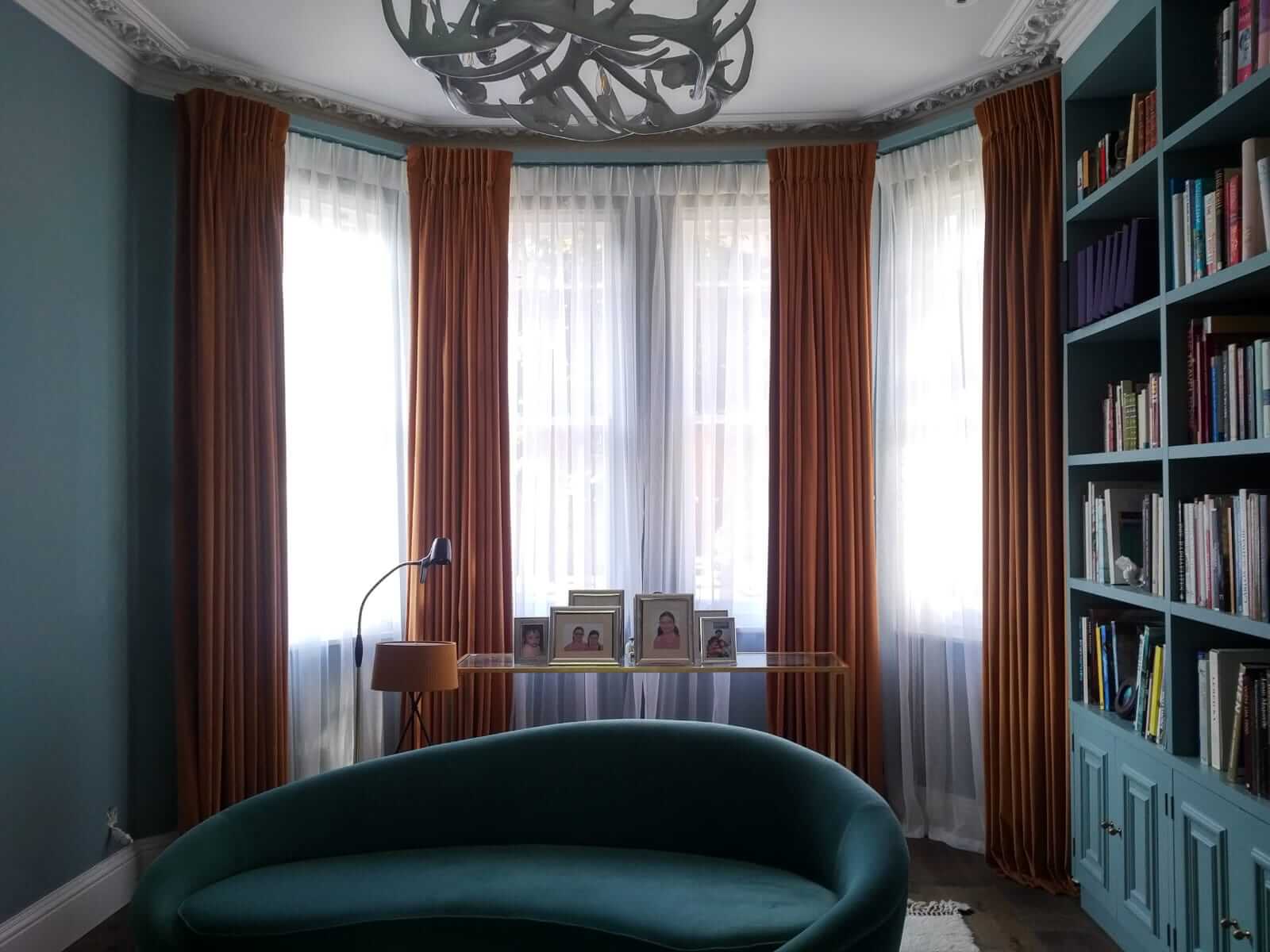
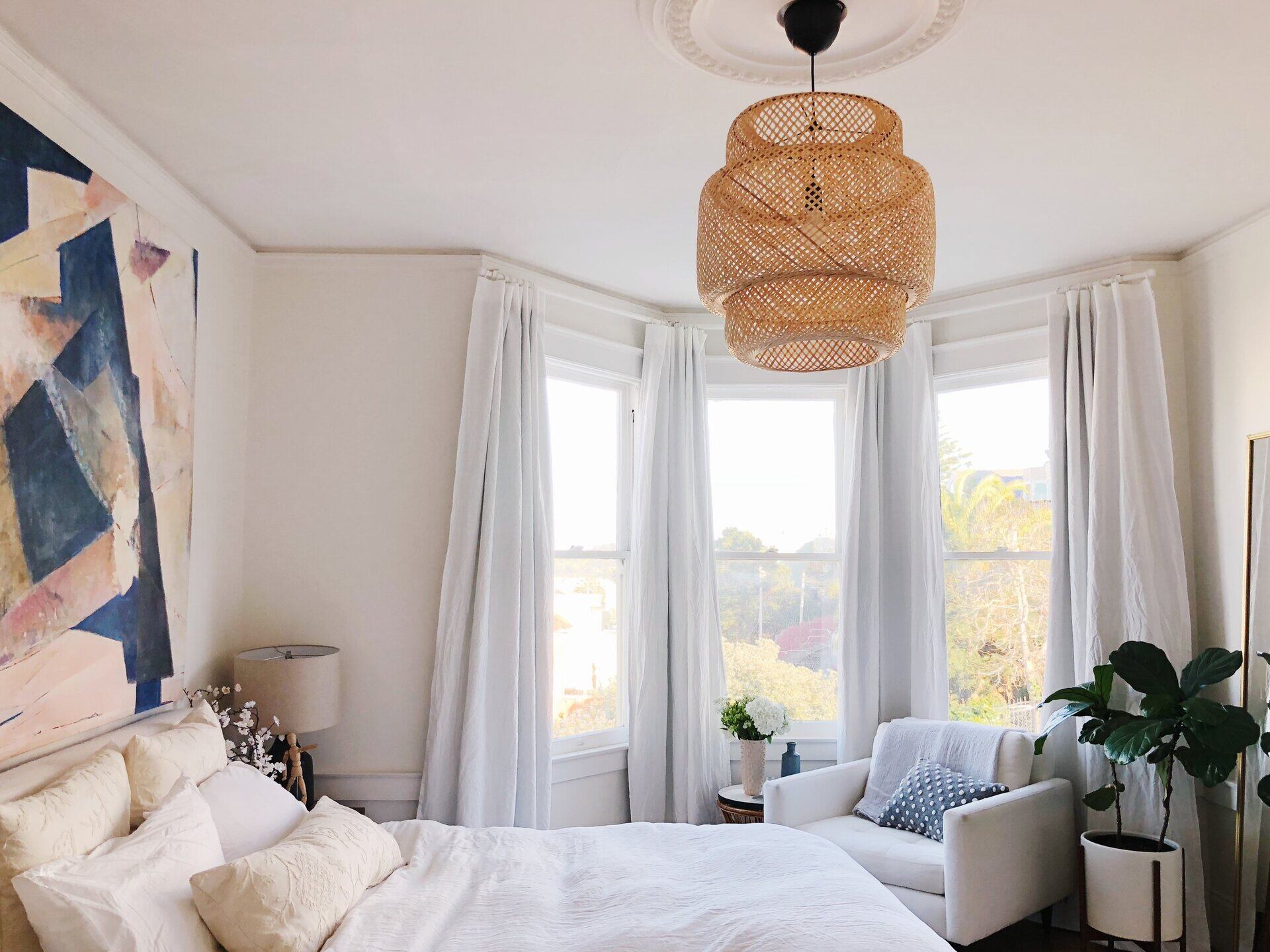
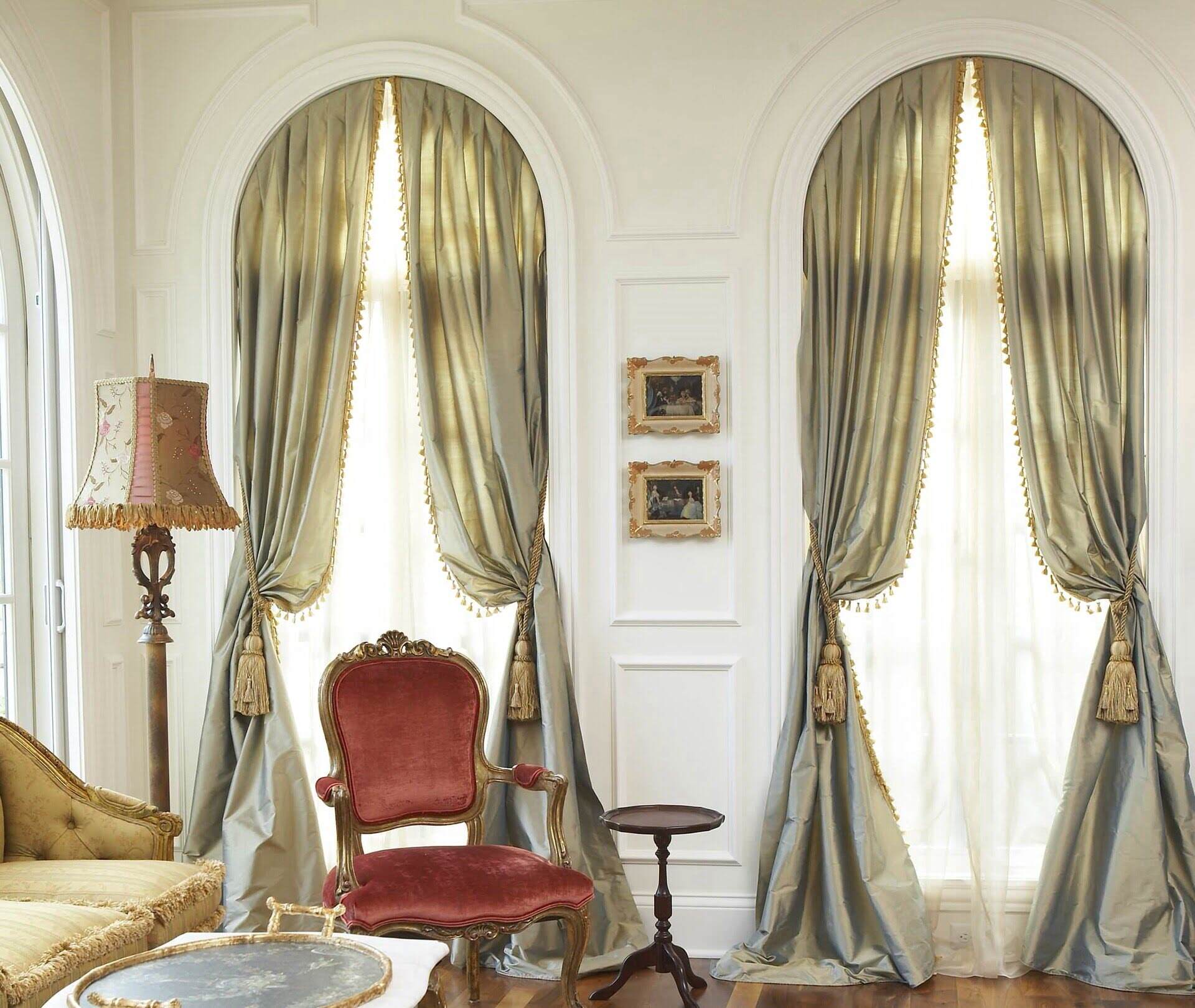
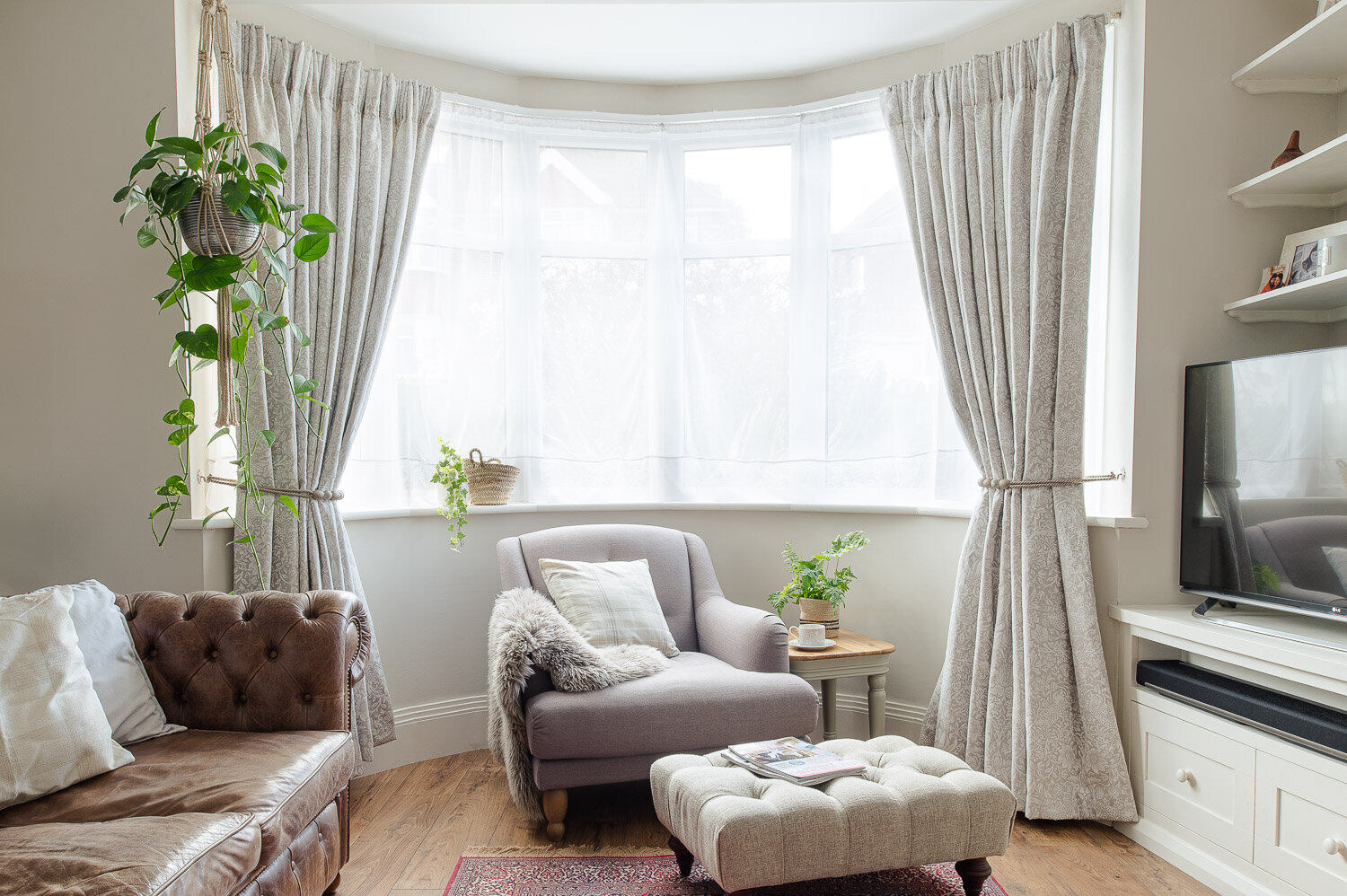
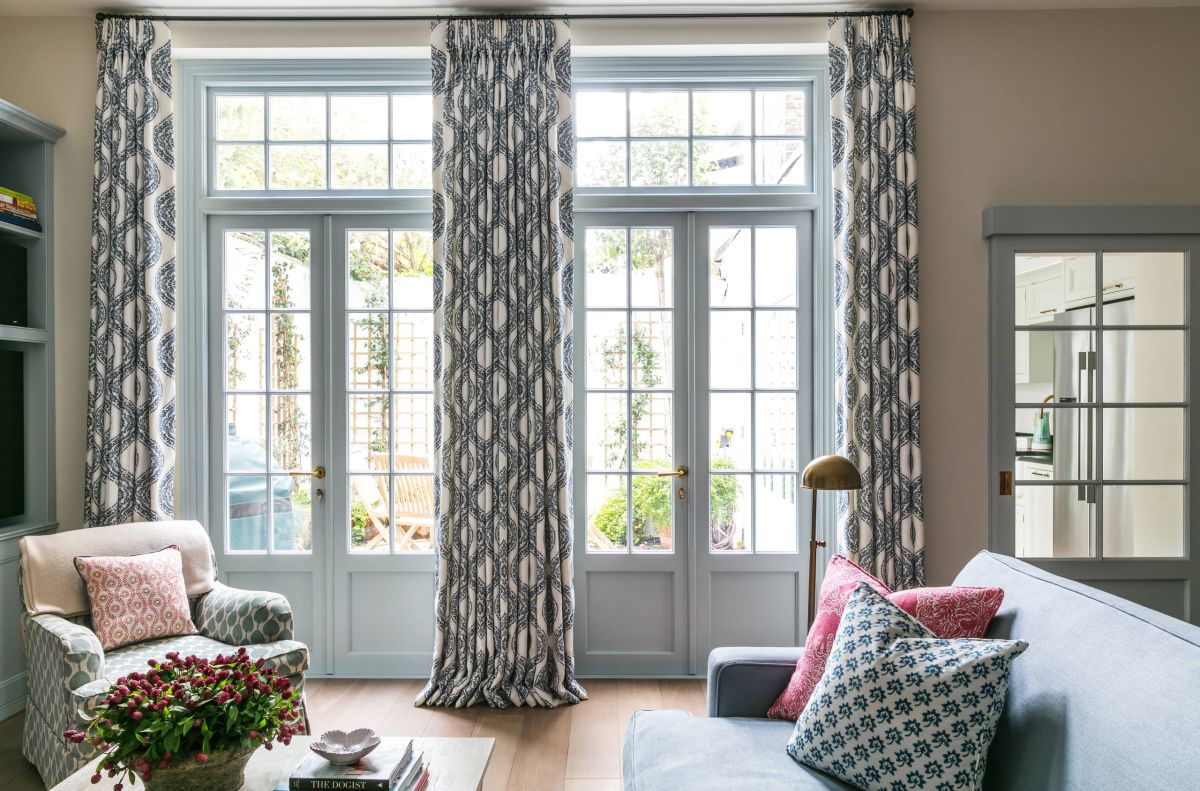
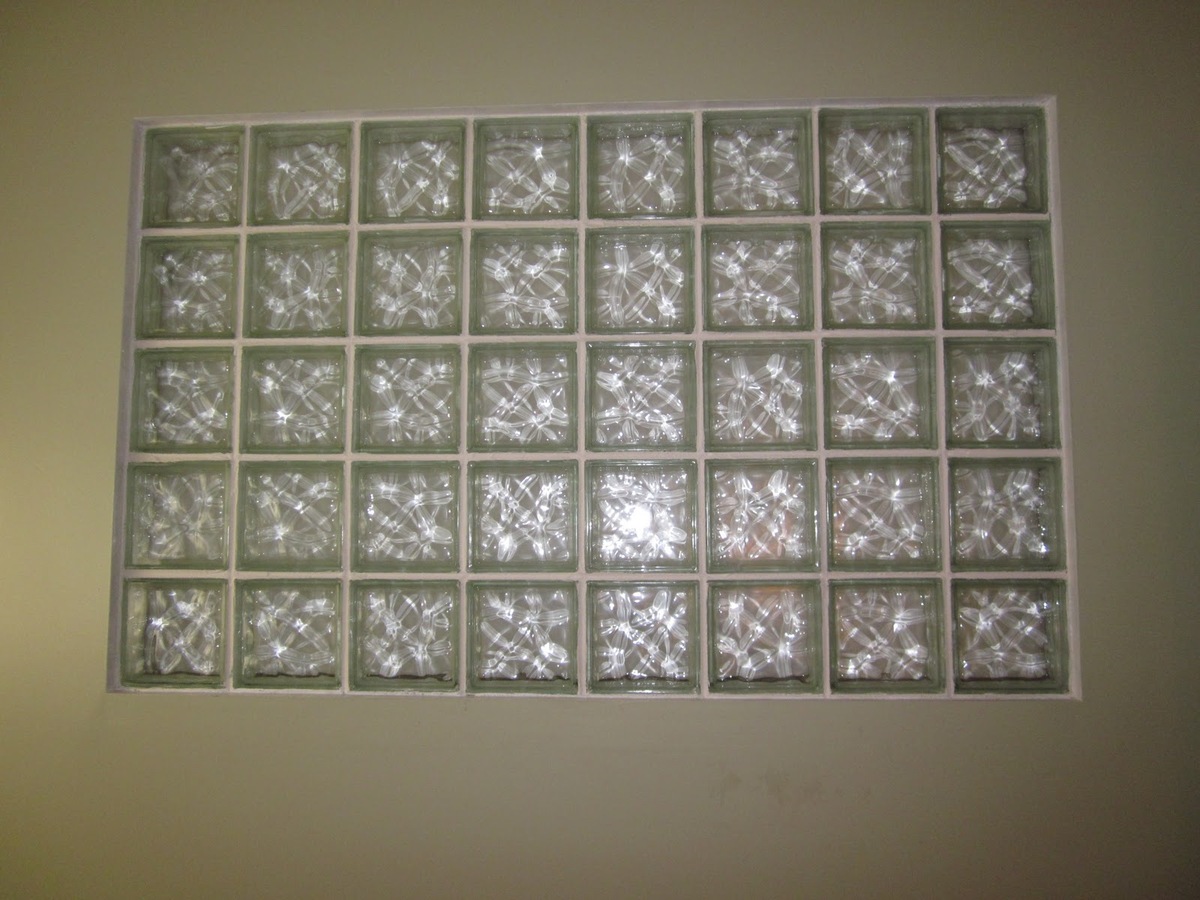
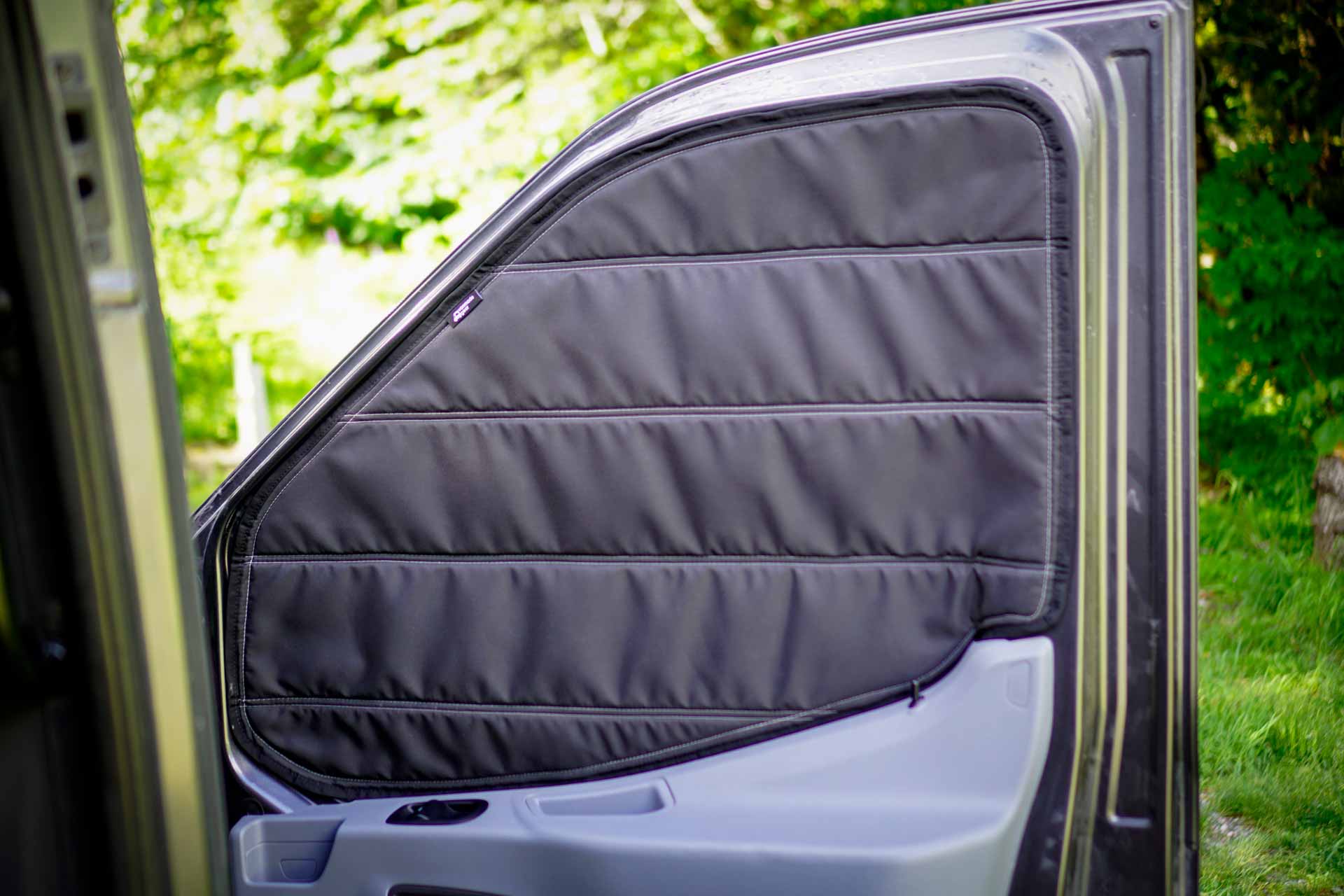

0 thoughts on “How To Cover Windows Without Curtains”